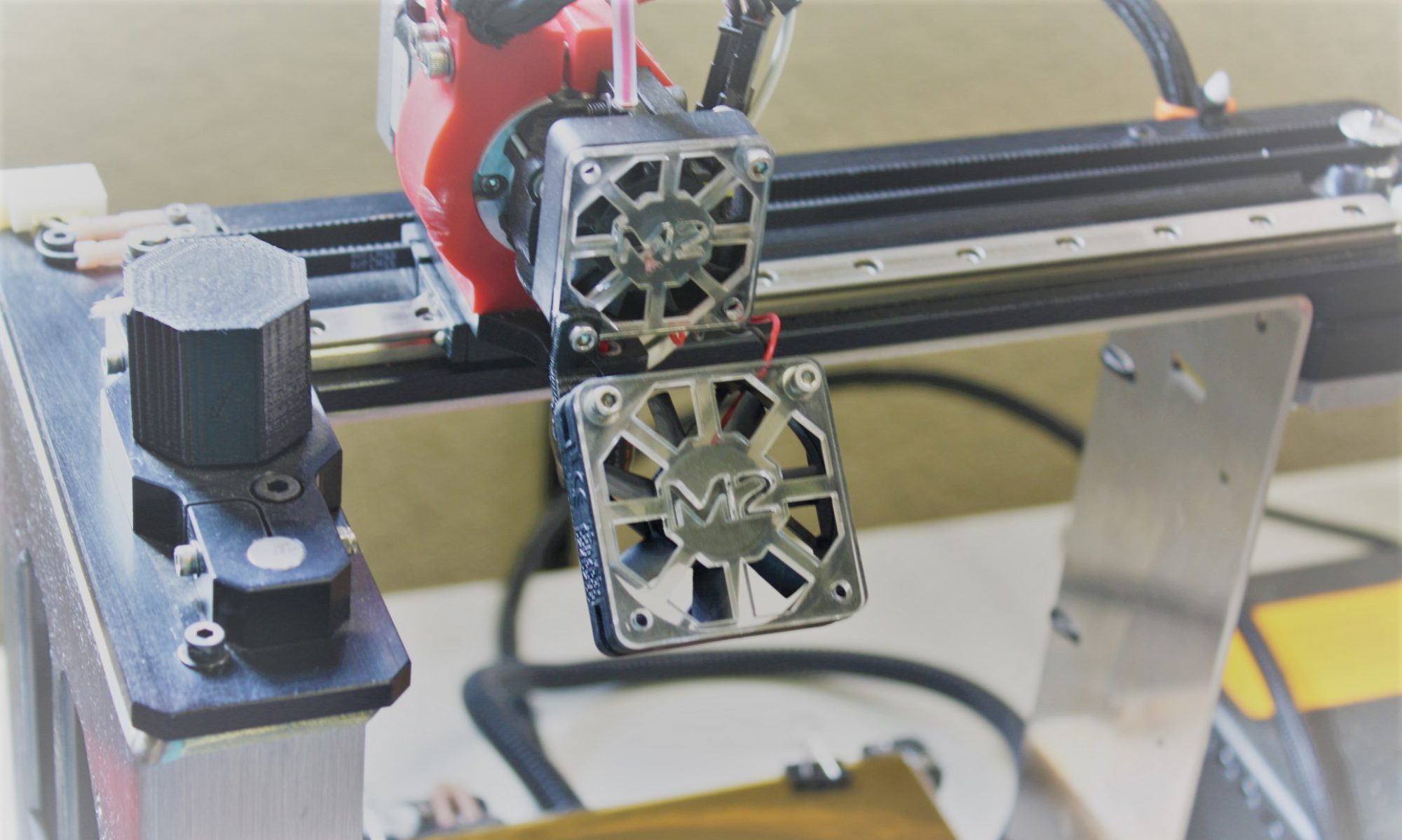Hopefully this is the last post about tire making I write for a very very long time! Coming full circle, the simplest solution is to pour tires one at a time into an open top mold. I simply decided to print a two piece mold with separate halves for the rolling diameter and the wheel diameter.

There are simple provisions to clamp the two halves together with a screw in two of the corners.
Here is the rolling diameter mold:

Here is the Wheel Diameter mold:

I made the molds all interchangeable, however you have to have a pair for each tire width.
Based on my earlier research, I concluded I only needed to worry about wheel diameters equating to 13″, 15″, and 18″. Similarly, I only needed worry about tire rolling diameters of 22″, 24″, and 28″. From the standpoint of tire widths, it didn’t make sense to make a tire narrower than 5mm or wider than 8mm. I decided 1mm width increments was enough.
I made 8 sets of these molds in different diameters and widths. I proceeded to cast a few sets of all of the combinations of tires possible with the molds I had made. I now have a library of 20 Shore tires of easily 400 tires. All of these were yielded from a 2 pound trial size kit of Smooth On Vytaflex 20. I failed to get pictures of this process, so no glamour shots of this system.
The key to success regardless of the mold design selected is producing a large number of molds and being able to pour many tires in each sitting. The Urethane spoils quickly once the containers are opened. It has a 16 hour cure time, so you can only pour into a given mold about once per day as a practical matter. Two pounds is about 900 grams. If you are only pouring 10 or 15 grams at a time, and can only cycle the mold once a day at best, they urethane will go bad long before you can use it all.
The pot life is relatively short, just a few minutes, so I found that working in batches of 20 to 30 grams at a time was ideal. For mixing such small amounts, I used a high precision digital scale that reads out into the 1/10th gram. The urethane can be mixed in equal volume or equal weight, but in such small volumes, it is difficult to eyeball the volume accurately enough. I found disposable 1 ounce medicine cups to be ideal for this sort of work. Something like these on Amazon. For stirring, I used cocktail toothpicks, available at the grocery store.
In a single sitting, I’d mix 6 to 8 20 gram batches and pour 80 to 110 tires. Once I hit critical mass on the molds, I effectively used more of the Urethane in two week period than I had used in the previous two months. I was fighting with the Urethane at the end, as it was trying to go bad on me as I was working through the final pours. I had some curing issues with some tires towards the end of the run because of it.
Files for all of the flat open top molds can be found HERE.









































